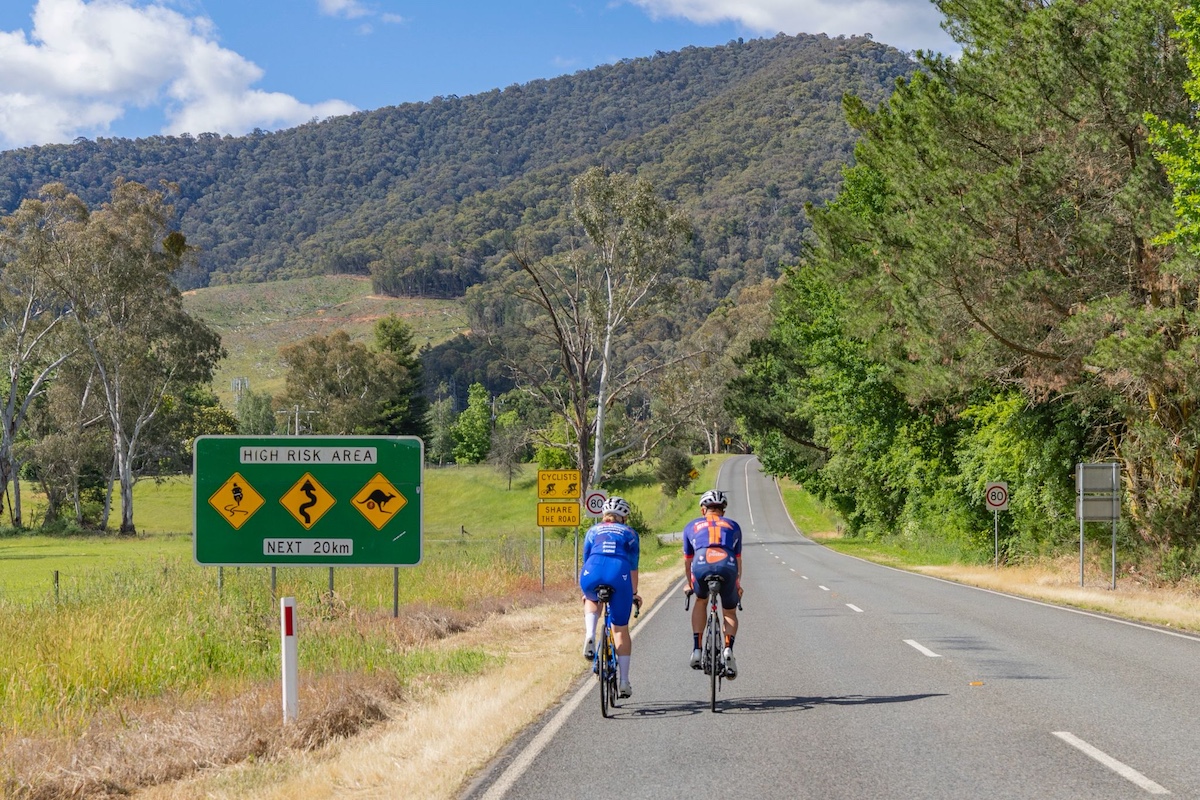Changes for Race Across America in 2006
By Mark Zalewski, North American Editor The 2006 edition of the annual ultra-marathon cycling race...
By Mark Zalewski, North American Editor
The 2006 edition of the annual ultra-marathon cycling race across the United States, RAAM, will have a significant change - a subdivision of the solo category. One solo category, named the Traditional Division, will remain predominantly unchanged from the previous races. But a new solo category, called the Enduro Division, will consist of a minimum of forty hours off the bike to combat the effects of sleep deprivation.
This change to what many see as a core attribute to one of the world's most demanding cycling races follows the deaths of two riders in the past three years - the first deaths in the 24 year history of the race. In the 2005 edition, solo rider Bob Breedlove was killed when he collided with a pick-up truck in Colorado. In 2003, a team rider Brett Malin also died in a collision with a truck.
RAAM Race Director Jim Pitre told Cyclingnews that this change has many purposes and reasons. "We need to expand the horizons of the race, is what it comes down to. Events that don't stay with the times, will cease to exist. When we brought the team category in in 1991, people said it was the death of RAAM. But it's been the best thing we have done."
Specifically, racers in the Enduro category will be required to stop and rest for two hours at five specific locations along the course, and rest for another thirty hours when they choose. With the average winning racer taking nine days to complete the race in the past, this will give racers an average of four hours of sleep per day.
A particular outcome Pitre hopes will come from this change is making the race more media and spectator friendly. "One of the reasons is for spectators and media, who never seem to know where the racers are. So now there will be five locations along the route where we know riders will be stopping. It will help the visibility of the race."
However, it is not hard to recognize that the recent fatalities, while not necessarily directly related to sleep deprivation, signals a call for increased safety for the riders - some that Pitre hopes allowing racers to sleep will allow. "[The fatalities] got us all really talking about it. Would it have made a difference? I can't say. One was a team competitor and sleep wasn't much of a factor that early in the race. What is clear is that it's a safety issue. The roads are getting busier and busier, and every year there is more traffic. So from a safety point of view, having a rider who is alert is better. We hope the riders will recognize that."
The latest race content, interviews, features, reviews and expert buying guides, direct to your inbox!
Of course, with any change, some people will be upset. And changing a core aspect of the race has resulted in mixed emotions. Pitre has tried to preempt some of this by sill having a traditional division without sleep requirements, but had to change his plans for prize money distribution. "I started off with the concept that the prize money will all be in the Enduro side, but that was met with a great deal of upset. So the prize money will be split based upon the number of riders in each division. If I had a choice from the race management point of view I would just have a single category. But we do have the die-hard RAAMsters that want the traditional style of RAAM."
One of those 'die-hard' riders is Mike Trevino who finished second in 2004, but had to withdraw from the 2005 race after breaking his collarbone coming off the bike. "It's the antithesis of the intent of RAAM and why it started [twenty-four] years ago," Trevino told the The San Diego Union-Tribune. "I don't know if it makes the race any safer. One person might need two hours sleep to be safe, another might need five hours."
Trevino's statement illustrates the fervour with which endurance athletes covet the endurance aspects of races like RAAM. "Mike Trevino broke his collarbone last year coming off the bike, and it is my opinion that it was related to sleep deprivation," Pitre said. "He is a great endurance athlete, and he is really focused on that. And I understand his position."
Pitre responds further by saying that the division of the solo category will help de-emphasize the sleep aspect of the race by allowing racers to decide which they feel is more comfortable for them individually. "Another thing is the emphasis on sleep deprivation," Pitre said. "Before, someone who can ride the race with only nine hours of total sleep has a distinct advantage on someone who needs four hours per night. So we want to de-emphasize that aspect of the race. And I think we are going to see some new strategies because of it."
For the future, Pitre expects that this new division will eventually overtake the old version, and even increase the amount of participation from cyclists that were previously intimidated by the effects of sleep deprivation. "I think time will tell. I expect in a couple of years most will go for the Enduro category because I think this will bring in racers who would not have normally done this. It opens the door for an expansion of the event."

